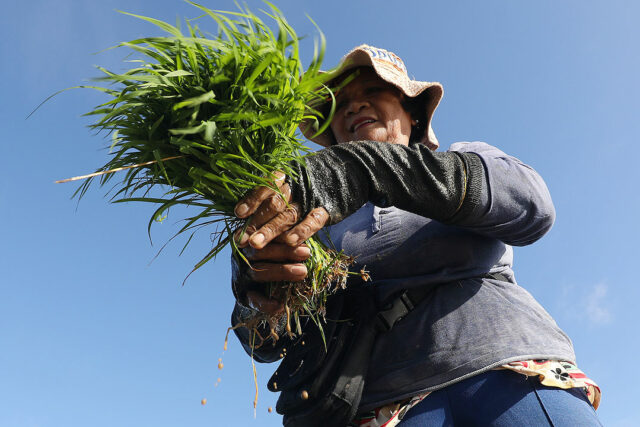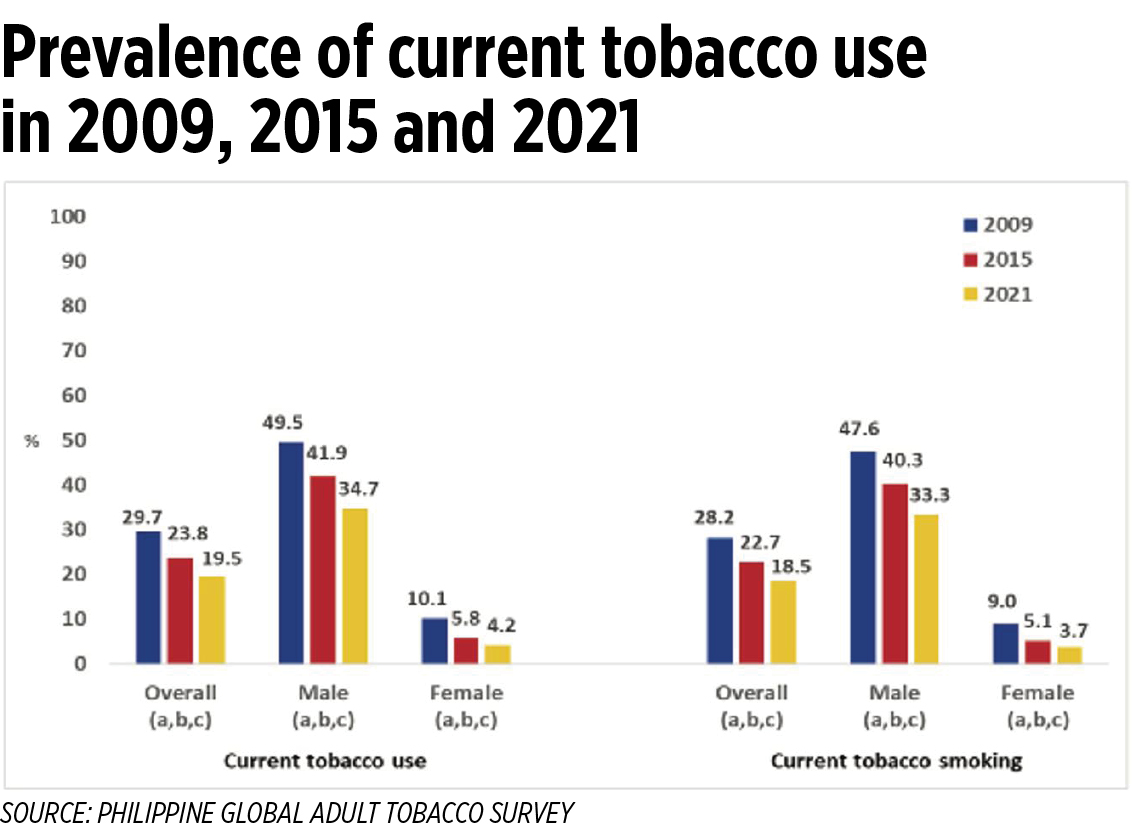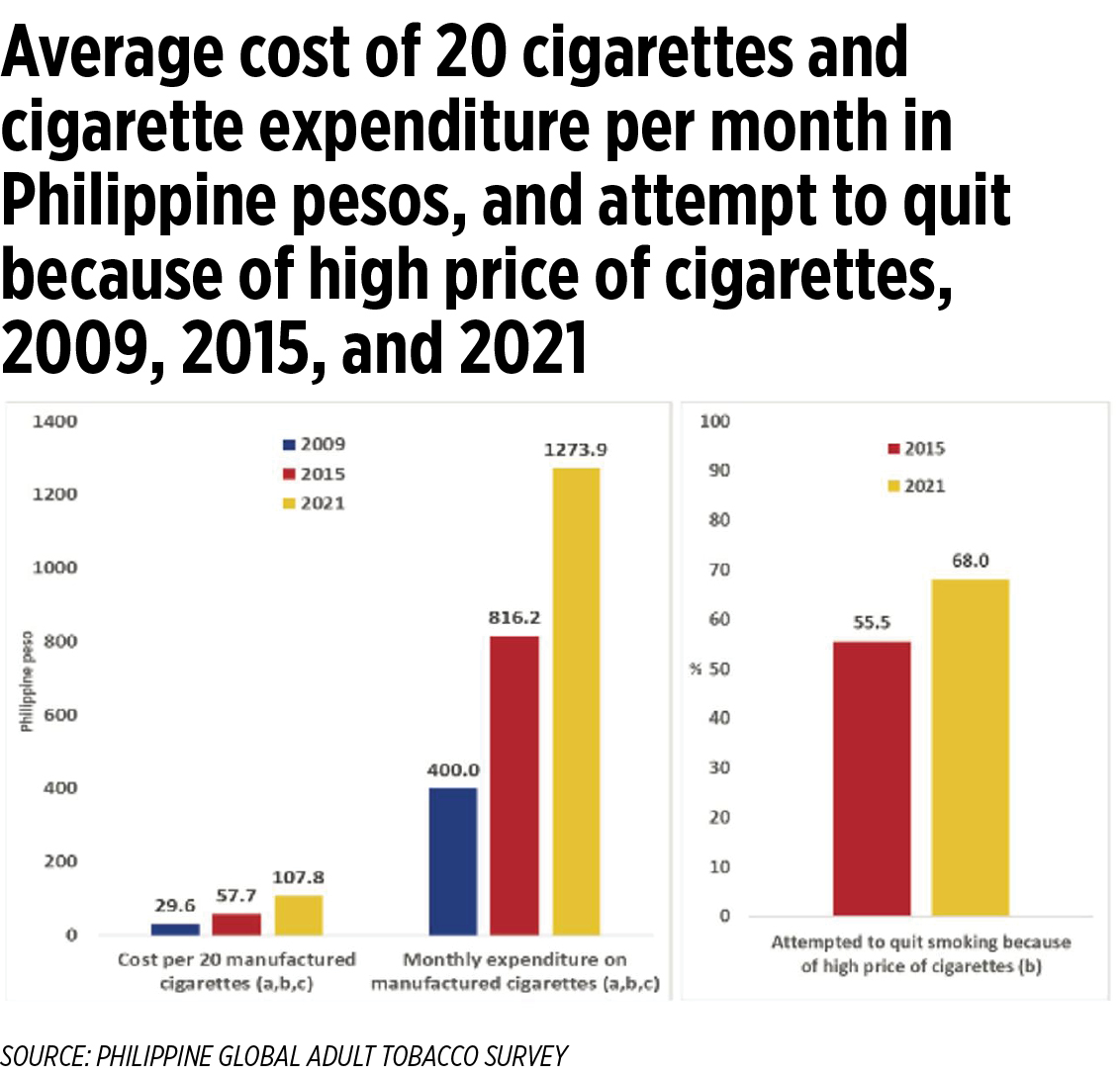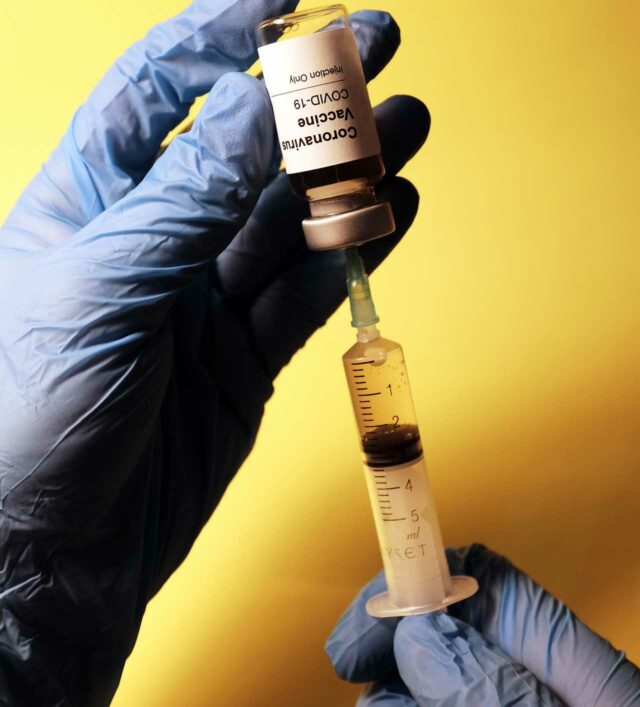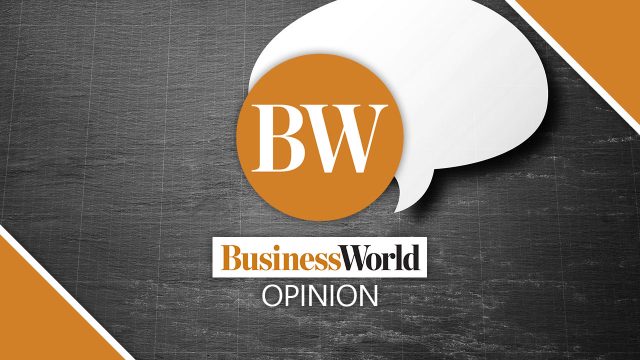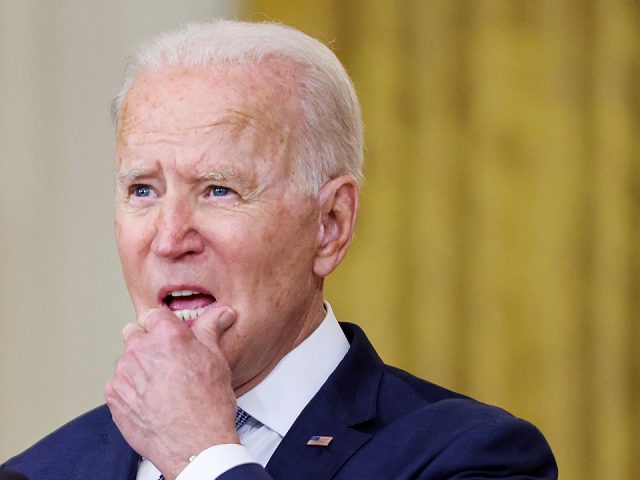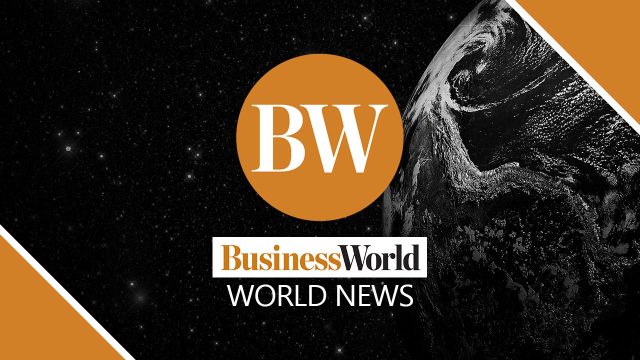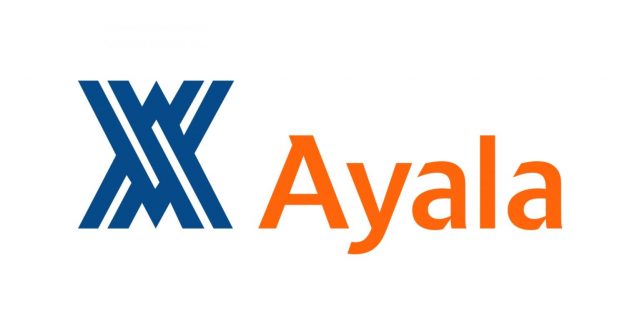We are all wondering why our agriculture sector has failed us, why we have become more food insecure as years passed. Red onions recently have been more expensive than beef or chicken. According to a news report, the former costs about P550 per kilo, while the latter about P485 a kilo.
High food prices may just be a fluke, as the farming sector goes through the ravages of extreme weather, losing productivity in the process. But this unfavorable situation has been with us through the years. Agriculture growth has gradually tanked in the past half a century, so much so that its record has become an insignificant statistic in the country’s gross domestic product accounting.
Way back in the 1960s and 1970s, the Philippines was grouped with the major food exporters of the world, not just because of our coconut oil, but also because we were relatively successful in fruit exports. With India, we led the green revolution in the 1970s. IRRI, the premier rice research institution of the world, is in Los Baños. But through the years, we have become net food importers, and high food prices appear to be a new normal.
Even without the WTO (World Trade Organization) farm trade liberalization, the Philippines would have to increasingly rely on foreign food supplies. Population growth and food requirements have remained high, but food productivity has plummeted. The government has invested more money into the farming sector to make it more productive and competitive, but somehow those investments did not bear the good fruit that we expected to secure our food requirements.
We made the wrong turn in 1972, when Ferdinand Marcos, Sr., through Presidential Decree No. 27, ordered the purchase of farm lands in excess of seven hectares to be distributed to individual tenants. Before that, earlier leaders had their own brands of land reform. Diosdado Macapagal in 1963 made share tenancy illegal and institutionalized the leasehold system. In 1955, Ramon Magsaysay gave tenants security of tenure. Manuel Roxas ordered a 70-30% sharing arrangement in favor of tenants.
Compulsory acquisition of farm lands to be distributed to tenants had been ordered even before Marcos Sr., but the retention limits were just too high to disturb most of the haciendas of the country then. Magsaysay and Macapagal set their retention limits of farm lands at 200 hectares and 75 hectares, respectively.
Marcos Sr.’s seven-hectare farm land ownership ceiling successfully broke down the large haciendas in Central Luzon, but not in other parts of the country where landed elite and his political allies were numerous. His program distributed only 20% of rice and corn land, and by 1988 only 6% of all agricultural households had received certificates of land transfers.
The government of Corazon Aquino in 1988 passed the Comprehensive Agrarian Reform Law. Under it, the retention limit was further reduced to 5 hectares. Her government’s more important mistake was that it set an unrealistic goal of redistributing all farm lands, not just rice and corn as in Marcos Sr.’s, which compelled the government to implement the program in phases. That has deprived the farm sector of opportunities for scale economies and private sector investments due to the uncertainty engendered by the program.
It is 50 years now since Marcos Sr. broke down our farm lands to economically inefficient sizes, an idea made worse by Corazon Aquino. Other leaders before him appeared to merely paid lip service to farm land redistribution.
Social injustice in agriculture is recognized to be a serious problem in our society, so much so that our leaders since we became independent after the second world war had tried to solve this problem. Even before that, during the first Philippine Republic, Emilio Aguinaldo intended to seize friar lands to correct the injustice done to Filipino farmers by the Spanish encomienderos. His government did not last long enough to realize that plan.
In the Commonwealth period, Manuel Quezon planned to purchase and lease haciendas to be sold or leased to the tenants. Like Aquinaldo’s, that plan remained unimplemented. After the second world war, the push to break down large haciendas to be given to tenants remained a priority, although before Marcos Sr., one may say his predecessors merely showed off at they were doing something to correct the social injustice.
It was during Marcos Sr.’s administration, followed by Corazon Aquino’s, that fragmentation of farm lands got institutionalized. Reluctant as he was, Macapagal stopped at replacing the share tenancy with the leasehold system, and did not go into farm land redistribution. In his address just before he signed his land reform program into law, he said “The failure of past attempts at land reform was always a failure of determination: they tried to alleviate the pains, the evils, the injustices of the share-tenancy system, rather than resolutely attacking the system itself. The result is that while some of the edges of the problem have been treated with some success, the disease remains as formidable and as threatening as ever.”
Those words have underscored our common quest of correcting the social injustice. But somehow in their respective efforts of finding a solution to this problem, they created another and more serious one — they robbed the agriculture sector of its innate capability to produce. With unrealistic retention limits, private sector investors are not rushing in to make the sector more productive. The farm business has lost its value, so much so that farm lands are rapidly getting converted into non-agricultural uses. Children of farmers do not want to be in the farming business, pushing up the average age of our farmers.
In the literature, share tenancy is just one of many ways that agriculture can be organized. Like Macapagal, we have mistakenly called it a “disease” in the farming sector. It is a rural institution, and, as economists describe it, share tenancy can be a viable contract in light of the constraints of farming. Another view in support of farm land fragmentation is the idea that smaller farms are more productive. That statistical inverse relationship between productivity and farm sizes had been shown to be farcical.
There are other ways of organizing agriculture. We don’t have to return to share tenancy, especially now that we already fragmented the lands. The social injustice that our leaders have worked to correct cannot be righted with just a mere land redistribution. In the various versions of land reform in our country, the farmer beneficiaries were promised government support to make them productive and increase their family incomes. Our farmer beneficiaries have remained poor.
It is about time that private sector investors go into farming. One such model is to organize farmer beneficiaries to contract with private investors and form agricultural venture agreements (AVAs). What is important is we come up with a business model that allows the sector to capture scale economies, to realize an even application of technology, and facilitate access to product and credit markets.
The way to move forward from where we are now is simply to remove the retention limit in the current agrarian reform law. In the House of Representatives, a proposed law on debt condonation in favor of farmer beneficiaries still retains a retention limit, but increases it to 25 hectares. That is a good start. However, the Senate can introduce a better version of this bill by lifting altogether the retention limit.
I have two reasons why I prefer a more liberal version of correcting the “disease” in agriculture. I remember hearing from officials at the Department of Agriculture that a businessman was looking for 2,000 hectares that he could use to start a farming business. Investments like that could not materialize legally if the law has a limit on ownership.
My other reason is that organizing AVAs can be costly. If private investors have to negotiate with farmer beneficiaries to invest in agriculture, the law can facilitate that by lifting any retention limit. I recall former Agrarian Reform Secretary Gil delos Reyes saying that AVAs are difficult to form. If there remains a retention limit of 25 hectares in the proposed law, the provision could push private investors, who find a larger farm size as optimal, out from agriculture.
It is 50 years now since the “disease of fragmentation” was institutionalized by Marcos Sr. Can Marcos Jr. correct this problem?
Ramon L. Clarete is a professor at the University of the Philippines School of Economics.


